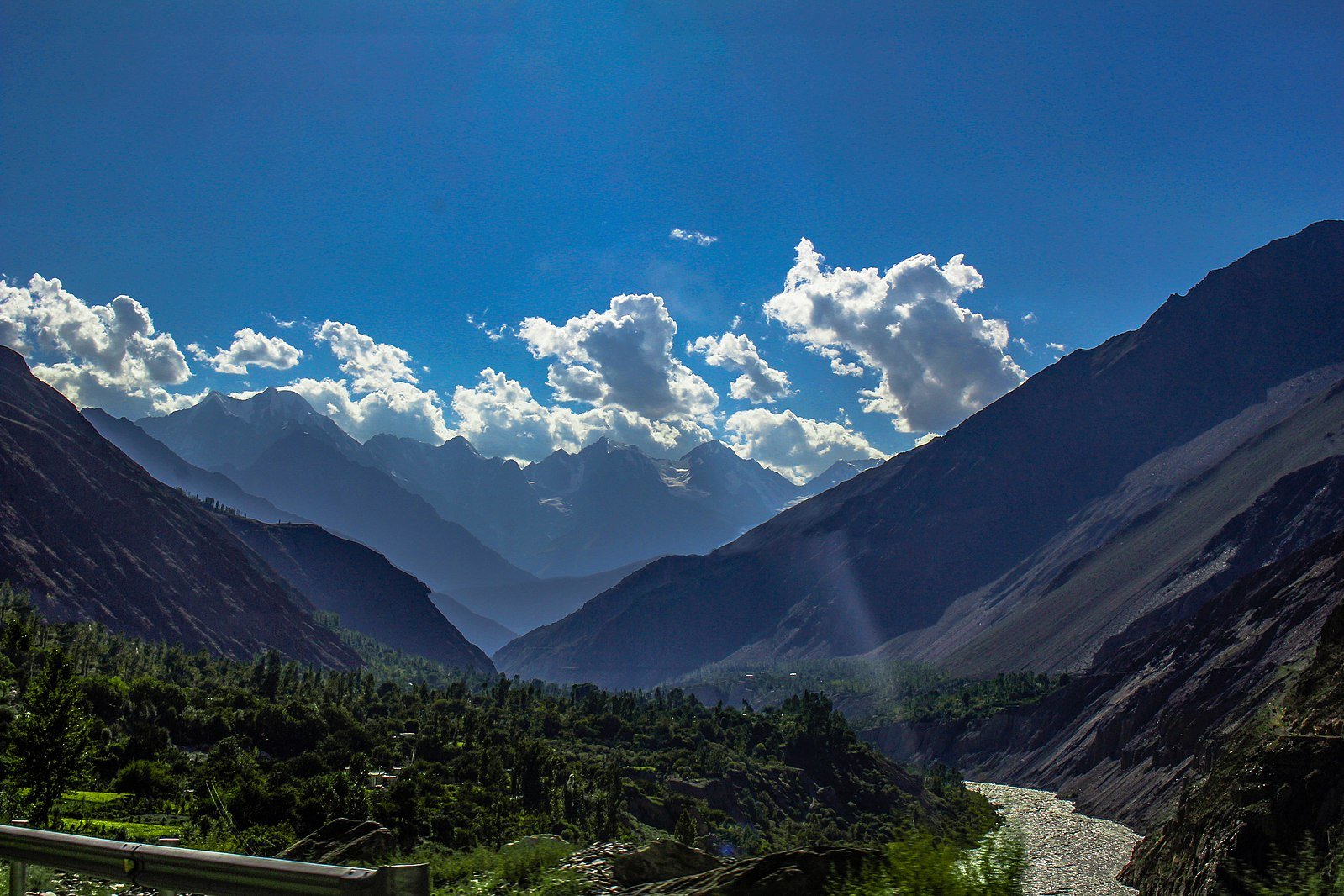
Gandhara Buddha
The life-size Buddha sculpture in this image is from the Ghandhara region in India from A.D./C.E. 150-200, in what is today the northern portion of Pakistan and Afghanistan. What is revealing here is the toga-like monk’s robe that the Buddha is wearing. This clothing is the influence of ancient Roman toga garments, see the image of Roman Emperor Marcus Aurelius below. Note how the garment in the Buddha image is draped across the shoulders and body in the same way as the Roman Emperor’s image, revealing the outline of the body. Also note the “S” curve or contrapposto body stance of the Buddha – this stance originated from ancient Greek sculpture. The contrapposto curve enlivens the sculptures with movement and naturalism.
The Gandhara region in ancient India was an area of immense trade due to the sea route of the mouth of the Indus River to the Red Sea. A journey through took about two-weeks to complete. The trade routes in ancient times provided ongoing opportunities for many cultures to cross pollinate with new ideas, including clothing and fashion.
The Buddha wears a serene expression of inner peace and enlightenment on his face. He appears with the “topknot” or eternal knot. The eternal knot has no beginning nor end, which symbolizes the endless wisdom and compassion of the Buddha. The hand gesture, or mudra, signifies “freedom from fear,” as taught by the teachings of the Buddha and his followers.
Standing Buddha, AD 150–200. Pakistan, Gandhara, Kushan Period. Schist; overall: 119.7 cm (47 1/8 in.); head: 1.5 x 3.2 cm (9/16 x 1 1/4 in.). The Cleveland Museum of Art, Gift of Morris and Eleanor Everett in memory of Flora Morris Everett 1972.43

